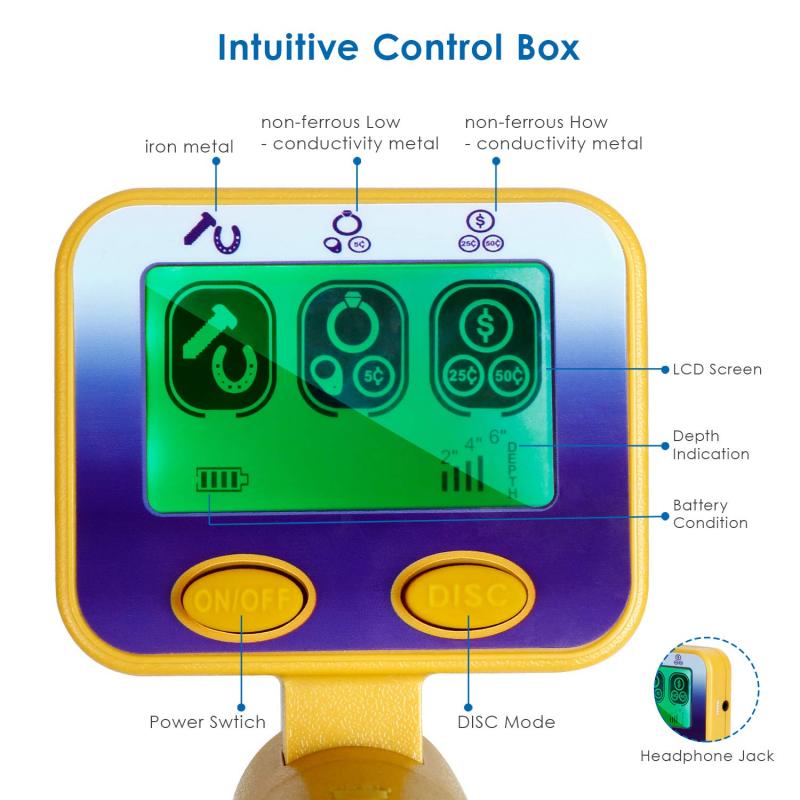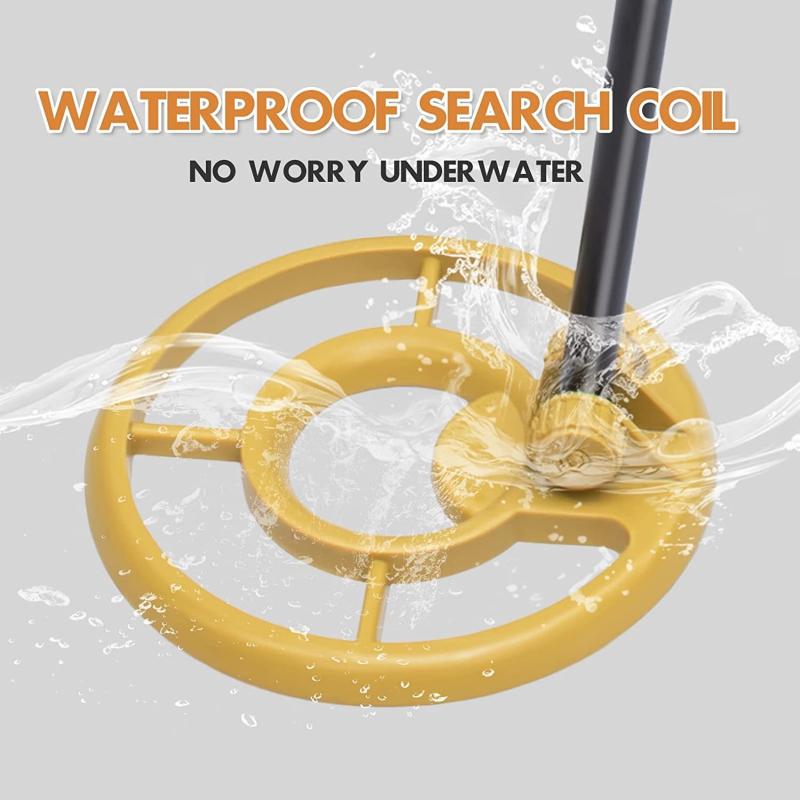Metal Detector How Does It Work?
Metal detectors are fascinating devices that have a wide range of applications, from treasure hunting to security screening. Understanding how they work can provide valuable insights into their functionality and potential uses. In this article, we will delve into the principles behind metal detectors, their various types, and practical applications. By the end, you will have a comprehensive understanding of how these devices operate and how they can be utilized effectively.
The Basic Principles of Metal Detection

At the core of every metal detector is the principle of electromagnetic induction. This principle was discovered by Michael Faraday in the 19th century and forms the foundation of how metal detectors work. Essentially, metal detectors generate a magnetic field and then detect the disturbances in this field caused by metallic objects.
Electromagnetic Induction

When an electric current flows through a coil of wire, it creates a magnetic field around the coil. This is known as the primary magnetic field. When this magnetic field encounters a metallic object, it induces electric currents (called eddy currents) within the object. These eddy currents, in turn, generate their own magnetic field, known as the secondary magnetic field.
The metal detector's coil, which is also the transmitter, sends out the primary magnetic field. When a metallic object is present, the secondary magnetic field generated by the object is detected by the receiver coil in the metal detector. The device then processes this information to determine the presence and often the type of metal.
Types of Metal Detectors

There are several types of metal detectors, each designed for specific applications. The most common types include:
1. Very Low Frequency (VLF) Detectors
2. Pulse Induction (PI) Detectors
3. Beat Frequency Oscillation (BFO) Detectors
Very Low Frequency (VLF) Detectors

VLF detectors are the most common type of metal detectors used by hobbyists and professionals alike. They operate using two coils: a transmitter coil and a receiver coil. The transmitter coil generates a low-frequency magnetic field, which penetrates the ground. When this field encounters a metallic object, it induces eddy currents, which are then detected by the receiver coil.
VLF detectors are highly sensitive and can discriminate between different types of metals. This makes them ideal for treasure hunting, as they can distinguish between valuable metals like gold and less valuable metals like iron.
Pulse Induction (PI) Detectors
PI detectors are often used in environments with high mineralization, such as saltwater beaches or areas with heavy iron content. Unlike VLF detectors, PI detectors use a single coil to transmit and receive signals. They send out short bursts of current, creating a magnetic field. When this field encounters a metallic object, it generates a secondary magnetic field, which is detected by the same coil.
PI detectors are less affected by ground mineralization and can detect metal objects at greater depths. However, they are not as effective at discriminating between different types of metals.
Beat Frequency Oscillation (BFO) Detectors
BFO detectors are the simplest and least expensive type of metal detectors. They use two oscillators, each generating a different frequency. One oscillator is connected to the search coil, and the other is connected to an internal reference coil. When the search coil encounters a metallic object, the frequency of the oscillator connected to it changes. This change is detected by the device, producing an audible signal.
BFO detectors are less sensitive and less capable of discriminating between different types of metals compared to VLF and PI detectors. They are often used for basic metal detection tasks and are popular among beginners.
Practical Applications of Metal Detectors
Metal detectors have a wide range of applications, from recreational activities to critical security functions. Here are some of the most common uses:
Treasure Hunting
One of the most popular uses of metal detectors is treasure hunting. Hobbyists use VLF detectors to search for coins, jewelry, and other valuable items buried in the ground. The ability to discriminate between different types of metals makes VLF detectors particularly useful for this purpose.
Security Screening
Metal detectors are widely used in security screening at airports, government buildings, and public events. Walk-through metal detectors and handheld wands are used to detect concealed weapons and other metallic objects. These devices are typically based on PI technology, as they can detect metal objects regardless of their composition.
Industrial Applications
In industrial settings, metal detectors are used to detect metal contaminants in food, pharmaceuticals, and other products. Ensuring that products are free from metal contamination is crucial for safety and quality control. These detectors are often integrated into production lines and use advanced signal processing to detect even the smallest metal particles.
Archaeology
Archaeologists use metal detectors to locate and excavate historical artifacts. VLF detectors are commonly used in this field due to their sensitivity and ability to discriminate between different types of metals. Metal detectors have played a significant role in many important archaeological discoveries.
Construction and Utility Work
Metal detectors are used in construction and utility work to locate buried pipes, cables, and other infrastructure. This helps prevent accidental damage during excavation and ensures the safety of workers. PI detectors are often used in these applications due to their ability to detect metal objects at greater depths.
Factors Affecting Metal Detector Performance
Several factors can affect the performance of a metal detector, including:
1. Ground Mineralization: High levels of mineralization in the ground can interfere with the detector's ability to identify metal objects. PI detectors are less affected by this issue compared to VLF detectors.
2. Object Size and Depth: Larger objects and those closer to the surface are easier to detect. The depth at which a metal detector can detect an object depends on the type of detector and the size of the object.
3. Metal Type: Different metals produce different signals. VLF detectors can discriminate between different types of metals, while PI detectors are less effective at this.
4. Environmental Conditions: Wet or salty conditions can affect the performance of metal detectors. PI detectors are generally more effective in these conditions.
Metal detectors are versatile devices with a wide range of applications, from recreational treasure hunting to critical security functions. Understanding the principles behind their operation, the different types available, and their practical applications can help you choose the right metal detector for your needs. Whether you are a hobbyist, a professional, or someone interested in the technology, knowing how metal detectors work can enhance your appreciation and effectiveness in using these fascinating devices.

There are no comments for this blog.